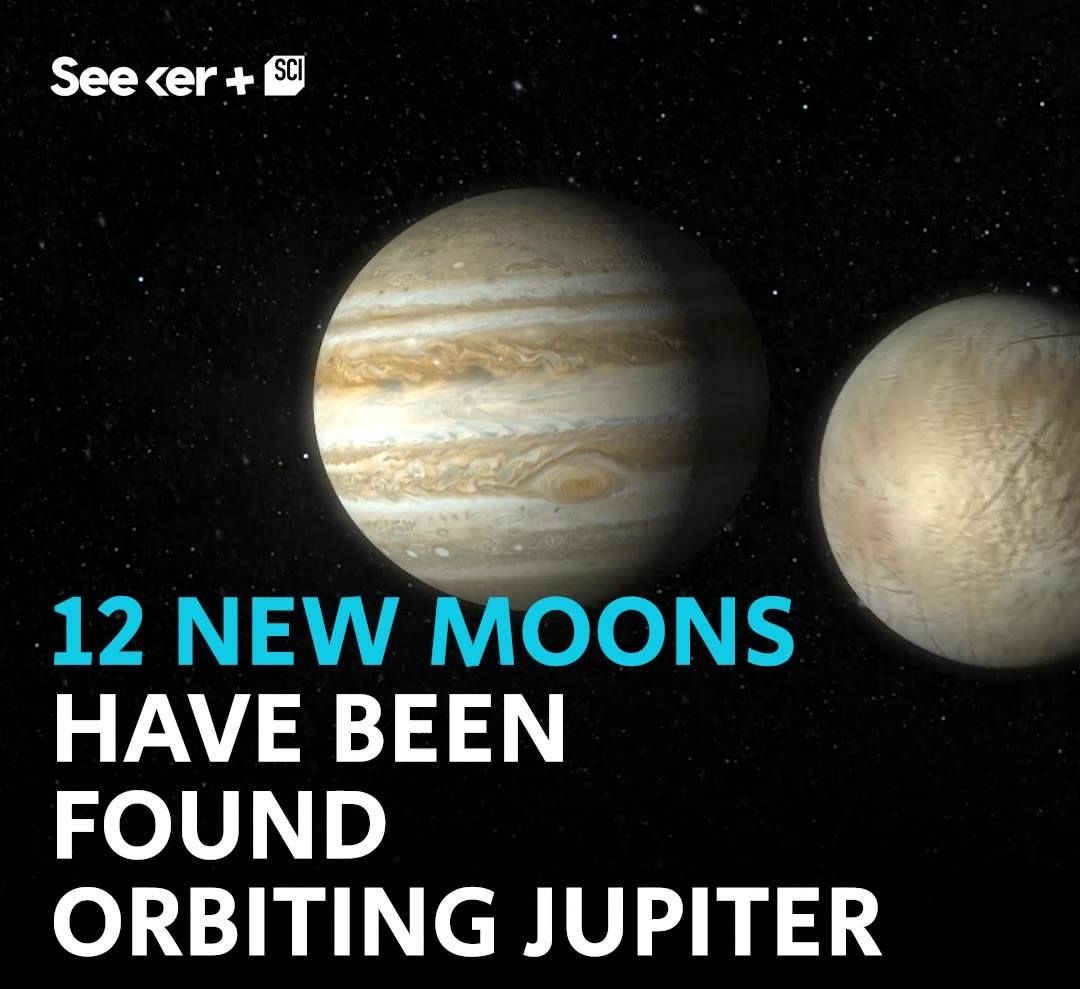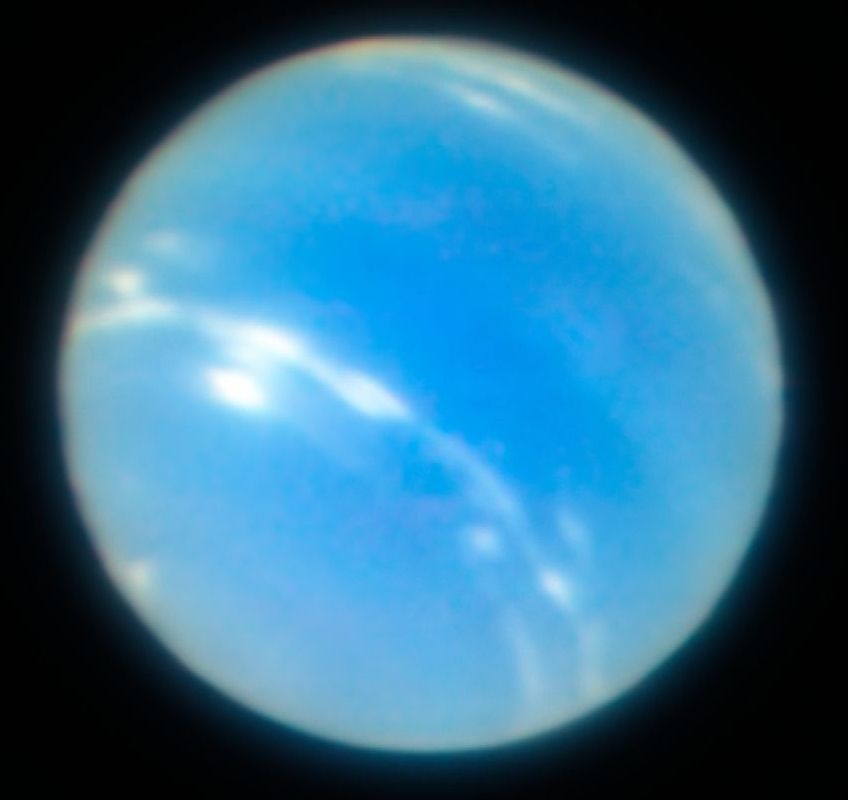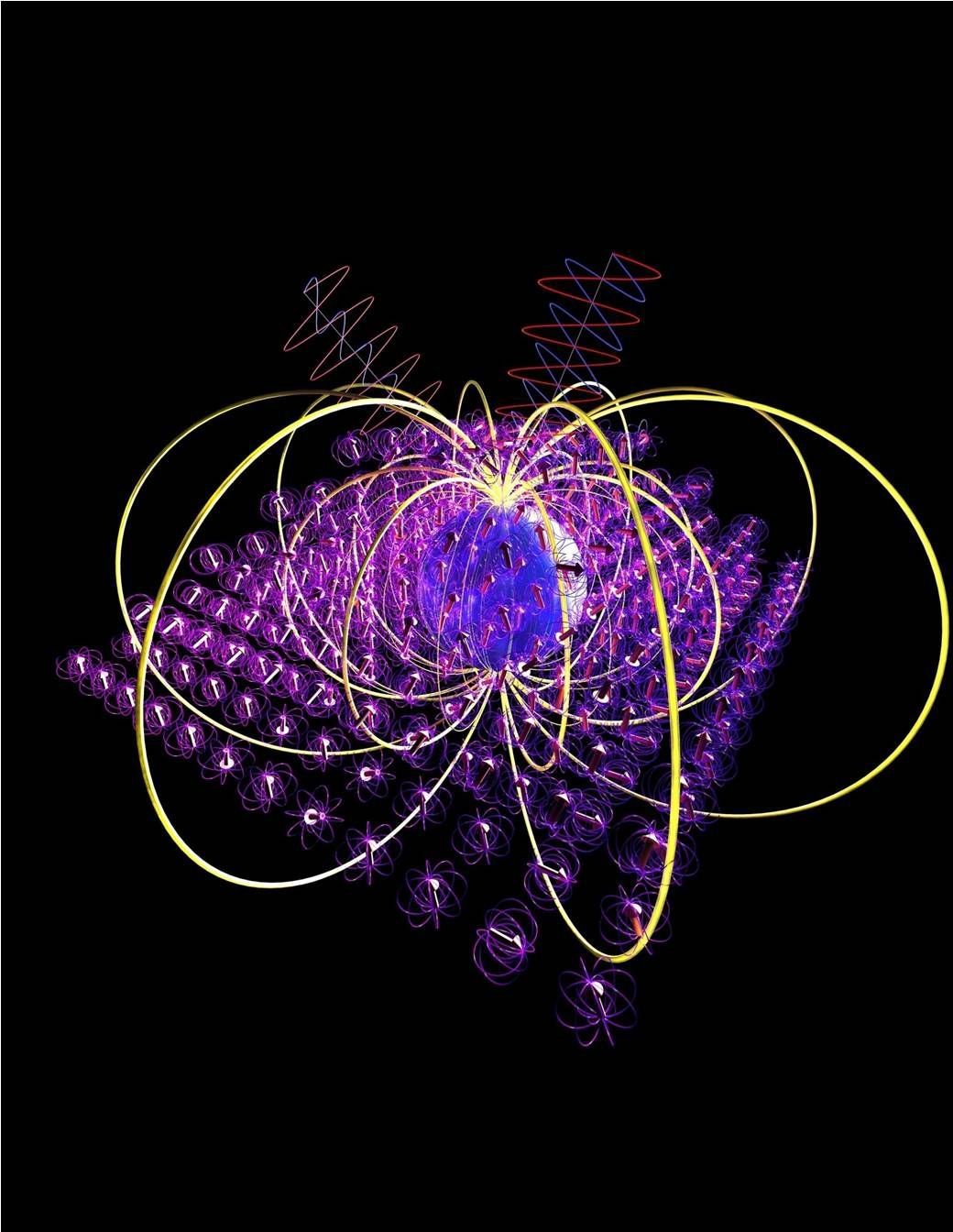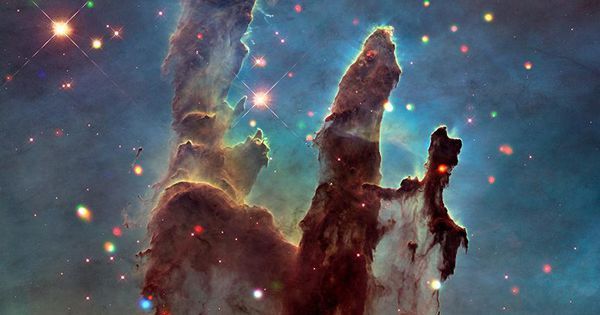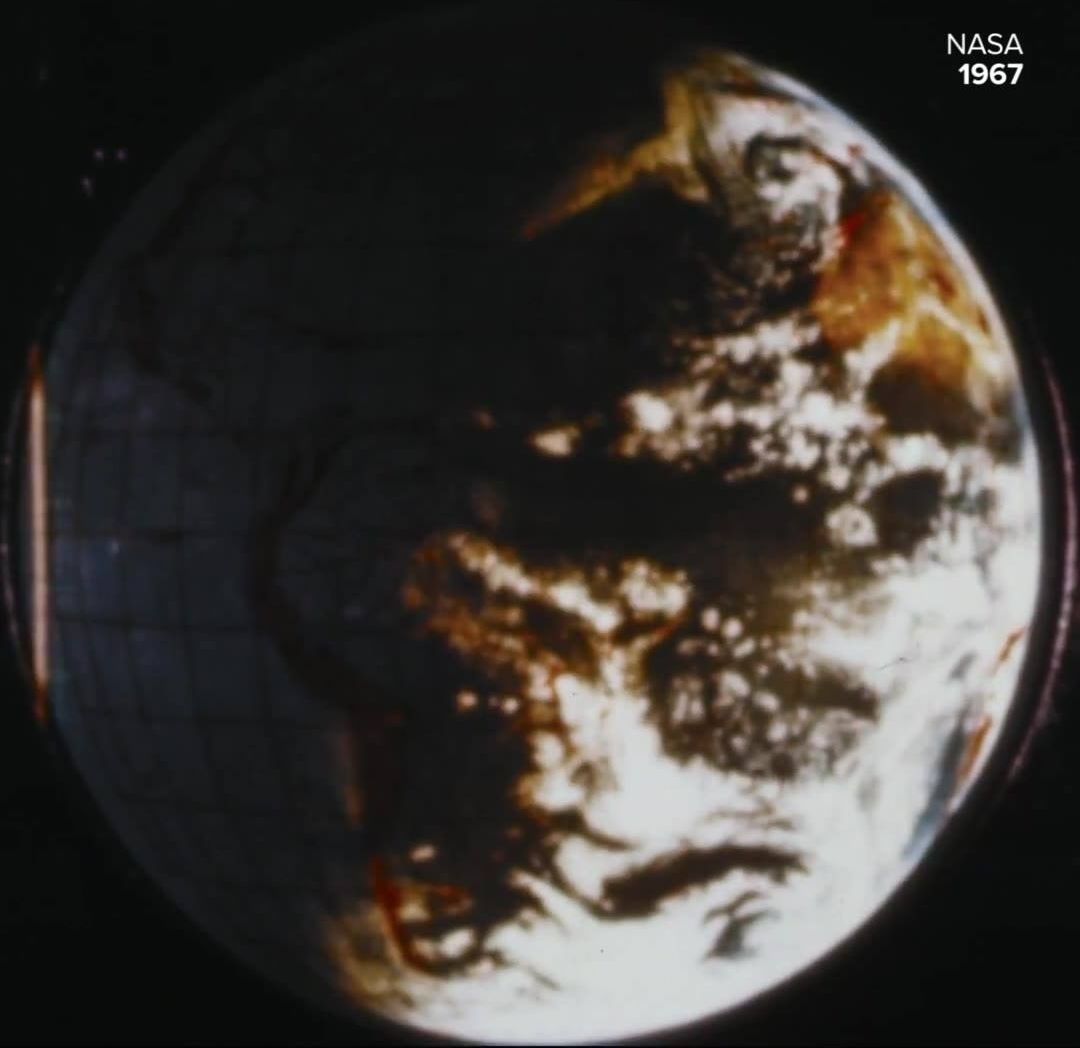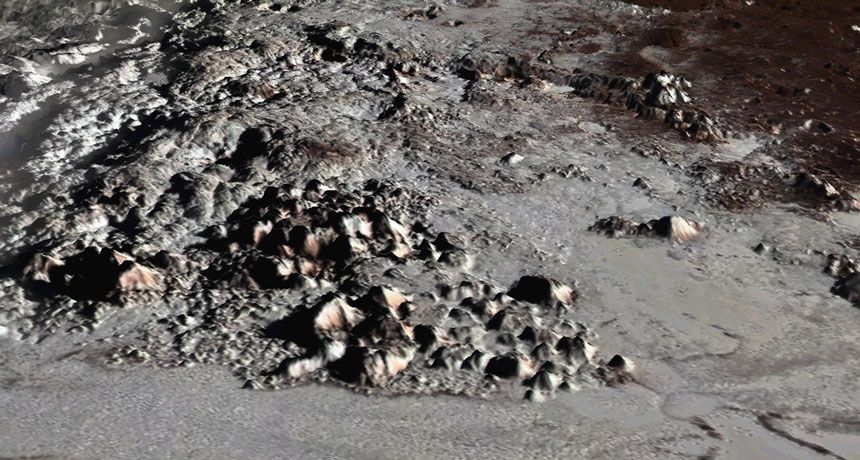Archive for the ‘space’ category: Page 865
Jul 18, 2018
New Super-Crisp Images of Neptune Show How Far Our Telescopes Have Come
Posted by Genevieve Klien in category: space
This is a new picture of Neptune taken from the Earth. It’s nothing short of amazing.
You’ve probably seen better pictures of Neptune from when Voyager 2 flew by in 1989. But there isn’t currently a spacecraft orbiting Neptune, so if scientists want pictures, they need to take them from 2.9 billion miles away. An upgrade on the Very Large Telescope at the European Southern Observatory in Chile has now allowed the ground-based telescope to take images as crisp as those taken by Hubble, a telescope that orbits Earth.
The Very Large Telescope consists of four telescopes with 8.2-meter (27-foot) mirrors in northern Chile’s Atacama Desert. Today, scientists at the observatory have released the first observations taken with laser tomography, the new adaptive optics mode on its GALACSI unit, which works alongside a spectrograph instrument called MUSE on one of the telescopes.
Continue reading “New Super-Crisp Images of Neptune Show How Far Our Telescopes Have Come” »
Jul 16, 2018
Pentagon sees quantum computing as key weapon for war in space
Posted by Klaus Baldauf in categories: computing, military, quantum physics, space
The military wants to apply quantum computing to secure communications and inertial navigation in GPS denied environments.
Jul 16, 2018
The Pillars Of Creation Haven’t Been Destroyed, Say New NASA Images
Posted by Genevieve Klien in category: space
A new set of images from NASA’s Chandra X-ray observatory shows us what we’ve never seen before.
Jul 15, 2018
Innovative new instrument to seek habitable worlds
Posted by Genevieve Klien in categories: innovation, space
A new infrared instrument on a telescope in Hawaii will let astronomers find more exoplanets orbiting red dwarf stars. The discoveries may include rocky worlds that are potentially habitable.

On this day: 15 July 1799, as French soldiers were strengthening the defences of Fort Julien, just north-east of the Egyptian port of Rosetta (Rashid), Lt Pierre-François Bouchard spotted a slab of stone with inscriptions on one side that his soldiers had uncovered. This slab was named the Rosetta Stone, and a few hundred years later, the name would be carried by ESA’s Rosetta Mission, hoping to unlock the secrets of a comet… More at http://www.britishmuseum.org/research/collection_online/coll…1&partId=1
Jul 14, 2018
NASA director reverses on climate change, after 1 month
Posted by Philip Raymond in categories: astronomy, climatology, education, environmental, ethics, existential risks, governance, government, lifeboat, science, space, sustainability
For millennia, our planet has sustained a robust ecosystem; healing each deforestation, algae bloom, pollution or imbalance caused by natural events. Before the arrival of an industrialized, destructive and dominant global species, it could pretty much deal with anything short of a major meteor impact. In the big picture, even these cataclysmic events haven’t destroyed the environment—they just changed the course of evolution and rearranged the alpha animal.
But with industrialization, the race for personal wealth, nations fighting nations, and modern comforts, we have recognized that our planet is not invincible. This is why Lifeboat Foundation exists. We are all about recognizing the limits to growth and protecting our fragile environment.
Check out this April news article on the US president’s forthcoming appointment of Jim Bridenstine, a vocal climate denier, as head of NASA. NASA is one of the biggest agencies on earth. Despite a lack of training or experience—without literacy in science, technology or astrophysics—he was handed an enormous responsibility, a staff of 17,000 and a budget of $19 billion.
In 2013, Bridenstine criticized former president Obama for wasting taxpayer money on climate research, and claimed that global temperatures stopped rising 15 years ago.
Continue reading “NASA director reverses on climate change, after 1 month” »
Jul 14, 2018
Mining Moon Ice: Prospecting Plans Starting to Take Shape
Posted by Klaus Baldauf in category: space
GOLDEN, Colorado — A diverse range of scientists, engineers and mining technologists have begun blueprinting what hardware and missions are required to explore and establish a prospecting campaign for water ice at the poles of Earth’s moon.
Jul 13, 2018
First global maps of Pluto and Charon show the worlds’ highs and lows
Posted by Genevieve Klien in category: space
New charts of Pluto and its moon Charon, compiled using New Horizons’ data, reveal high peaks, deep depressions and strange ridges.
